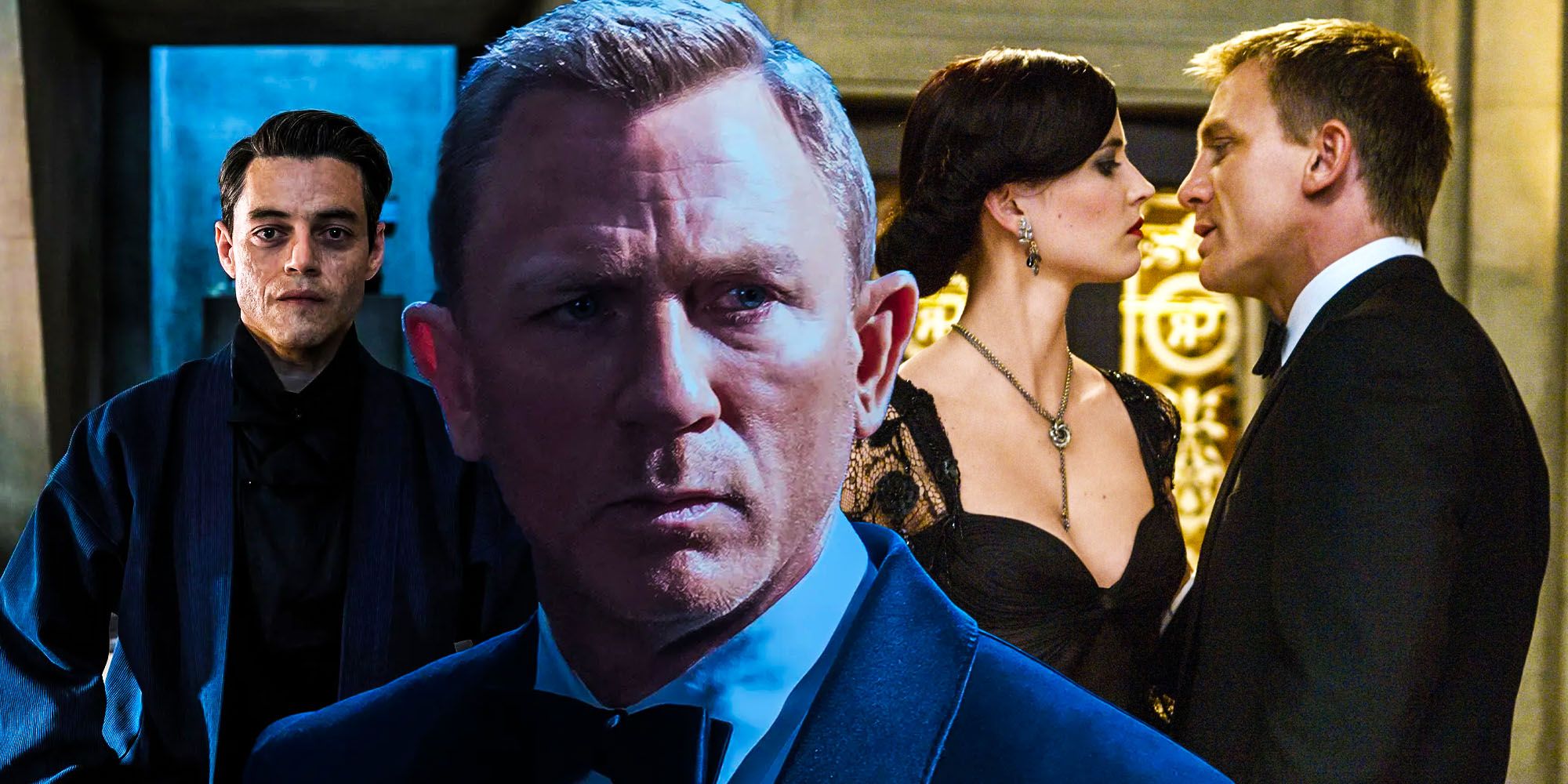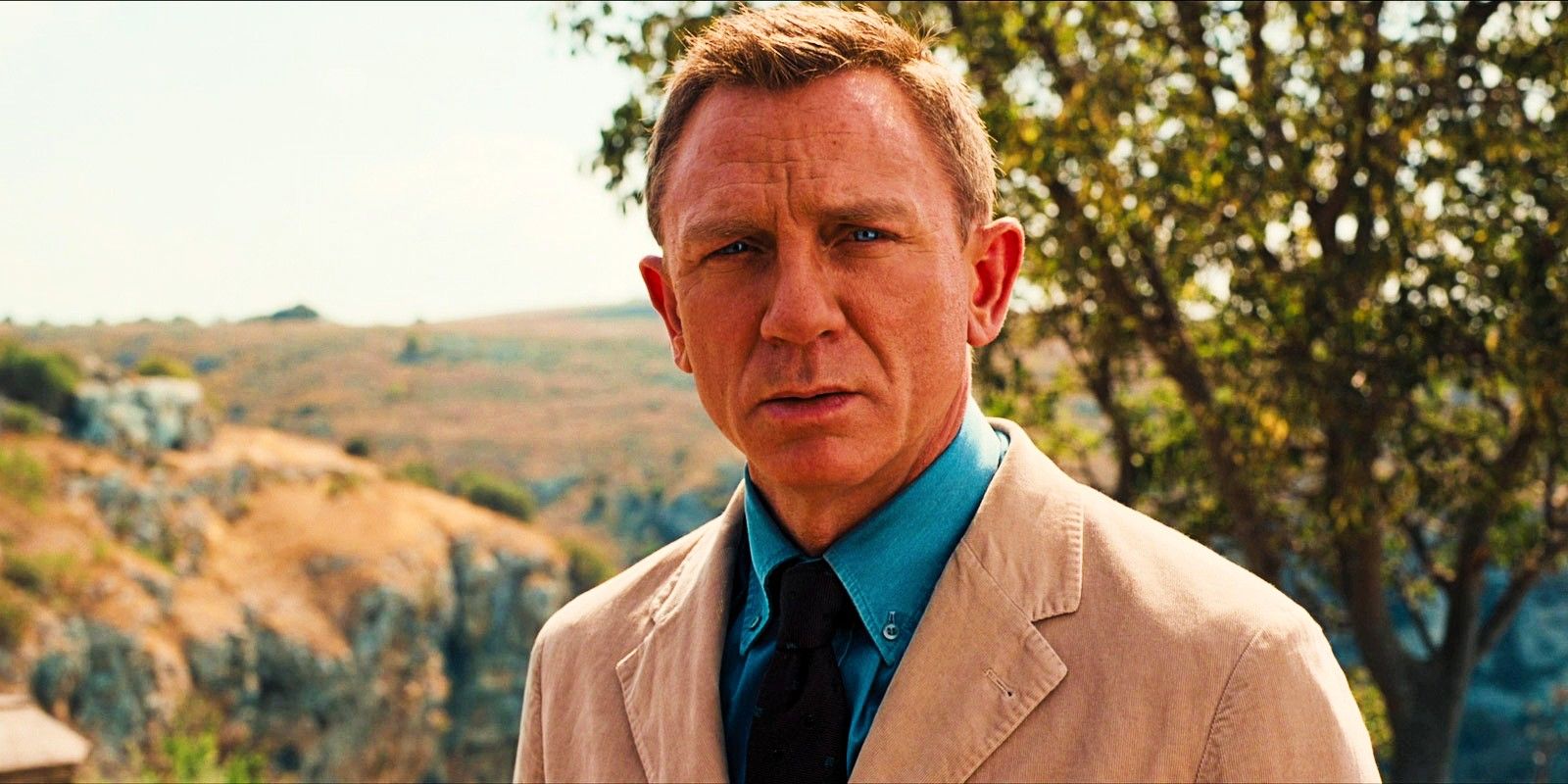No Time To Die was the 25th film of the James Bond franchise and was supposed to be the final, spectacular outing of Daniel Craig - but all it proved was that the Craig era ran out of ideas. Following four previous films and the most recent less popular release of Spectre in 2015, No Time To Die looked to be the crème de la crème. However, despite the excitement and anticipation, it failed to come close to these lofty expectations.
No Time to Die started where the last film left off. Bond retired from being 007 and went to live his life with Madeleine Swann. However, following a surprise attack from the villainous organization Spectre, Bond left Madeleine as he believed she had betrayed him, even though it would later be revealed that she hadn't. Five years later, Bond returned to action, with new villain Safin managing to kill the entirety of Spectre, including Bond's nemesis and adoptive brother Ernst Stavro Blofeld, with nanobot mist. Bond and his replacement 007 Nomi then infiltrated Safin's headquarters and stopped the production of more nanobots. However, before Bond killed Safin, he infected Bond with nanobots that would specifically target and kill Madeleine and their daughter should Bond return to society. In his final act, Bond watched as missiles rained down on the base and on him, leading to what looked like his death.
The final film of the Craig era wasn't bad by any means. However, it was made out of a lot of plot points that had already been used in earlier franchise entries, leading to many regarding it as something of a stale ending. No Time To Die had many references to older movies and aimed to be the pinnacle of the Bond franchise. Instead, the rehashed plot points and tropes from previous Craig movies served to damage it overall. No Time To Die appeared to reuse the love interest storyline from Casino Royale, the retirement aspect from Skyfall, and the villains from Spectre. This series of repetitions showcased the fact that the Craig era had seemingly run out of ideas.
Firstly, the love interest aspect in No Time To Die seemed incredibly similar to that in Casino Royale. In Craig's first Bond film, he resigned from MI6 to live his life with Vesper Lynd, only for her to betray him. This was incredibly similar to the start of No Time To Die, the only difference being that Madeleine Swann (who was hiding another secret) hadn't betrayed Bond, but rather was thought to have. Another similarity to a previous Craig movie came when 007 retired to Jamaica for five years to leave MI6 behind. In Skyfall, he is presumed dead after apparently being shot on a mission by Moneypenny. Instead, he also went into hiding and retired in Istanbul.
Finally, the main villain group highlighted some of the worst elements of these rehashed plot points. In Spectre, the audience was told that Blofeld and Spectre had been at the heart of almost every Bond villain in the Craig era, which seemed like a stretch. There had been little explanation of how this was possible - but this didn't stop No Time To Die from using the group. No Time To Die initially continued with Spectre as the main villainous organization, even with Blofeld in prison. This may not have been the worst idea if it wasn't for the fact that they were killed off in such an unceremonious fashion, as the writers totally decided against making Blofeld the villain of No Time To Die. The people who were built up in the previous film were gone without a fight, including Blofeld. This looked even worse when the audience was introduced to Safin. A massively underdeveloped enemy, viewers were given very little backstory despite how crucial this was in order to understand him as a figure - and this lack of clear motivation for his character and the schemes he carried out subsequently made him a less than compelling major villain.
The Daniel Craig era of Bond movies had many ups and downs. Casino Royale and Skyfall were the obvious highs, while No Time To Die felt pretty underwhelming to many viewers. The fact that there were many rehashed ideas from previous Craig films dampened the overall film - which was only made worse by Safin being such an uninteresting villain. No Time To Die was meant to be a defining James Bond film, but instead proved that the ideal Craig era finale may have been a previous installment.


